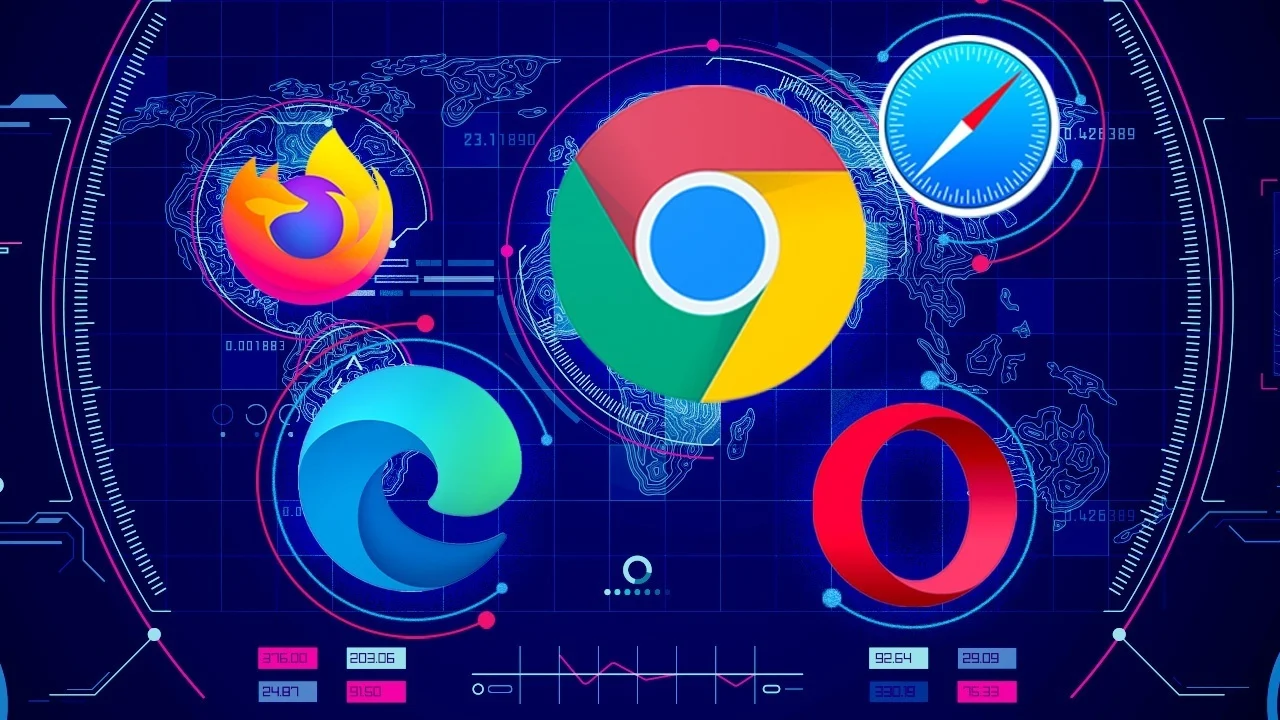How Does Web Browser Work?
Detailed information about the web browser
The Internet has become an indispensable part of today. We use specific software and programs to access it. Software and programs that allow us to access internet pages are called browsers. Internet Browsers are software that enables the viewing of websites stored on servers. Users can access resources on the Internet through browsers. In summary, browsers are essential software that allows us users to access websites. Firefox, Safari, Google Chrome, and Internet Explorer are known as some of the most used browsers.

How Do Web Browsers Work?
Browsers act as a bridge between users and content. To access the content, the URL of the web address to be navigated to is written in the search section of the browser, then the browser processes the data in the source and presents it to the user.
All these operations are divided into 4 categories:
-Summoning the Source
-Processing the Resource
-Viewing the Source
-Storing Content
Calling the Source
After users type the URL information of the content they want to access in the search field, the browser calls the resource within the scope of HTTP/FTP protocols. The data of this called content is then processed by the browser into the cache in bytes.
Processing the Source
Browsers use certain subsystems when processing the source. These; The rendering engine is the JavaScript engine.
Rendering Engine
The processing engine processes the data received from the network layer and makes the data visible. The rendering engine processes data such as HTML, XML, and image files. The main task of the processing engine is to transform the source codes into visible objects called DOM trees.
JavaScript Engine
The JavaScript engine orchestrates operations that occur on the call stack while processing JavaScript data in memory. Its main task is to fetch and organize data and optimize the process.
View Source
In the source viewing category, the content meets the user. Data is first called, then processed, and then displayed. Since the interface of each browser is different, there may be differences in the appearance of the data.
Storing Content
Each browser provides different sizes of space for storing data. Here, it is necessary to save the entered data to remain the same in case the connection with the browser is not lost. This data is stored and maintained in the interface.
As a result of the steps mentioned above, the user can access the content she wants from any browser.